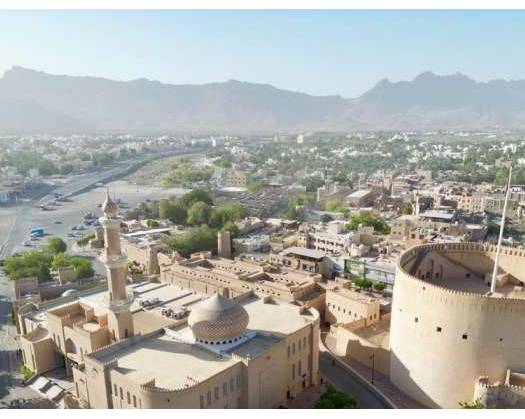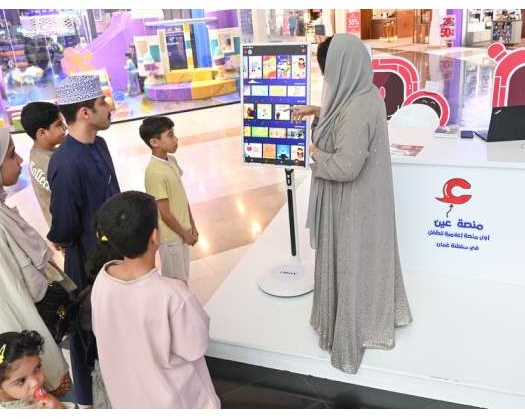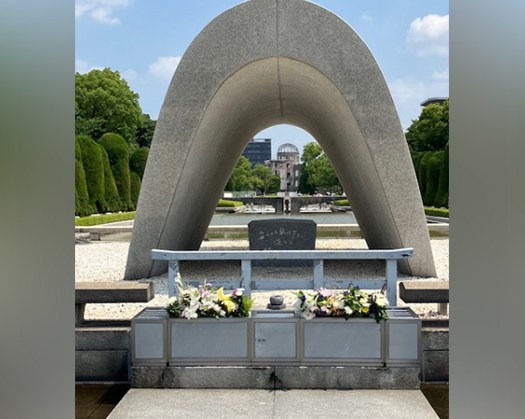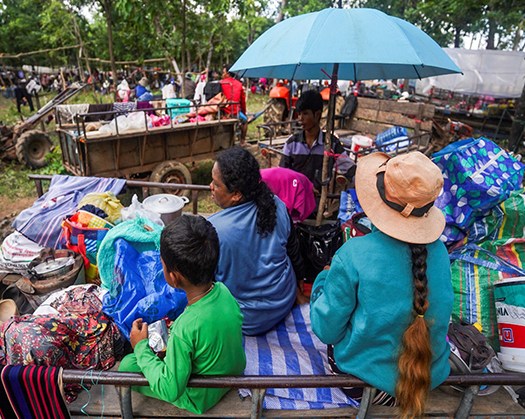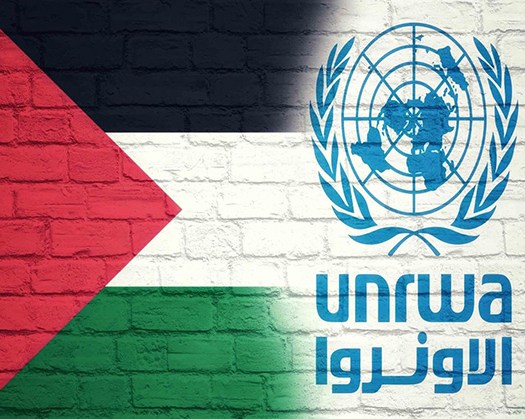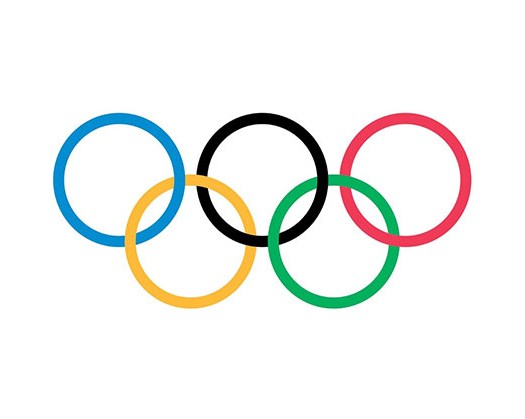Nizwa, a Wilayat in the Governorate of A'Dakhiliyah, is one of Oman's most notable cultural and tourist sites, noted for its extensive historical history and historical monuments that tell key chapters in the country's history. Oman's genuine cultural identity is wonderfully reflected in its unique architectural and historical landmarks.
The magnificent Nizwa Fort stands as a masterpiece of traditional Omani architecture and engineering. The vibrant Nizwa Souq (market), which is located next to the fort, features amazing local workmanship such as intricately carved daggers, handcrafted silverware, and traditional marketplaces that sell animals, fresh produce, and handcrafted items.
Falaj Daris, listed on UNESCO's World Heritage List as one of Oman's biggest aflaj irrigation systems, is another gem in Nizwa's heritage crown. This old irrigation network supports large agricultural areas, showcasing Omani ingenuity in sustainable water management that dates back centuries. The current creation of a public garden along the falaj has boosted its ecological and recreational worth.
Nizwa's strategic geographical position, along with its diverse topography of wadis (valleys), highlands, and lush oases, has made it a popular cultural and ecotourism destination. These natural resources, combined with innovative development efforts, have established the Wilayat of Nizwa as an appealing investment location for tourist and infrastructure ventures.
Nizwa has made great progress in sustainable development through
Strategic efforts have been launched in Nizwa with the goal of making significant progress in sustainable development. These programs have improved city infrastructure and living standards.
Major development projects ongoing include A'Dakhiliyah Square, which was launched earlier this year, an RO 7 million Integrated Public Transport Station, and refurbishment work in Haray Al Aqr, where wall repairs are 65% complete and route paving is 20%. The Public Garden Project is 40% complete and aims to enhance Nizwa's reputation as Oman's major cultural tourism destination while providing new economic prospects.
Harat Al Aqr (an old neighborhood restored by inhabitants) has evolved into a flagship example of youth empowerment, with 78 entrepreneurial enterprises generating over 300 jobs for young Omanis. This renovation has transformed the old neighborhood into a vibrant center for innovation and traditional crafts, with heritage cafes, artisan shops, private museums, renovated guesthouses, and antique vehicle exhibitions. The region's cultural revival has pushed property prices from RO 10 to RO 1,500 per square meter and now attracts over 20 official delegations each year.
Sheikh Saleh Thiyab Al Rubaie, the Wali of Nizwa, informed Oman News Agency (ONA) that development initiatives are purposefully planned to boost local economies while maintaining cultural legacy. He said that Nizwa's distinctive historical assets place it well to profit from sustainable tourism and knowledge-based economic strategies.
The Wali underlined how historical neighborhood restoration is a key element of Nizwa's economic strategy, preserving cultural identity via architectural preservation while generating employment through tourism and SME growth.
Nizwa Industrial City, which is part of the Public Establishment for Industrial Estates (Madayn), is another aspect of Nizwa's expansion, with 186 operational projects spread across 7. 2 million square meters of developed area, attracting RO 504 million in cumulative investments and creating 6,100 jobs with a 45% Omanization rate.
According to Eng. Ishaq Ibrahim Al Kharousi, Acting Director General, Madayn plans to build a RO 1. 2 million entrepreneurial complex and is conducting research for an integrated residential neighborhood within the industrial city.
Ahlam Hamad Al Qasabi, Director of Heritage and Tourism, described the ministry's broad SME support programs, which include simplified licensing procedures, specialized training programs, and incentive packages for heritage hospitality businesses.
She emphasized how the transformation of historic houses into heritage hotels exemplifies the purple economy strategy, citing 600,000 visitors to Harat Al Aqr in the first quarter of 2023 as proof of the model's ability to combine cultural conservation with economic sustainability. The ministry continues to prioritise fort repairs and historical documentation in order to improve Oman's sustainable tourist prospects while protecting intangible cultural heritage.
This holistic development strategy places Nizwa as a paradigm for balanced sustainable development, in which cultural heritage conservation and modern economic progress go hand in hand, opening new possibilities while preserving the city's distinct character.

